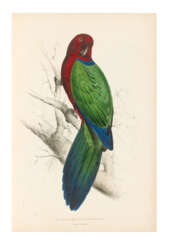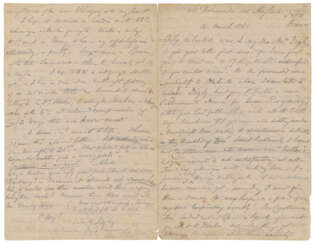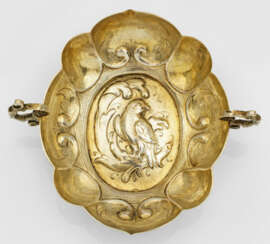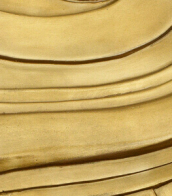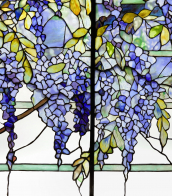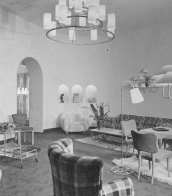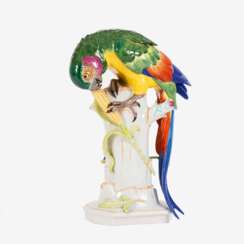master of the parrot
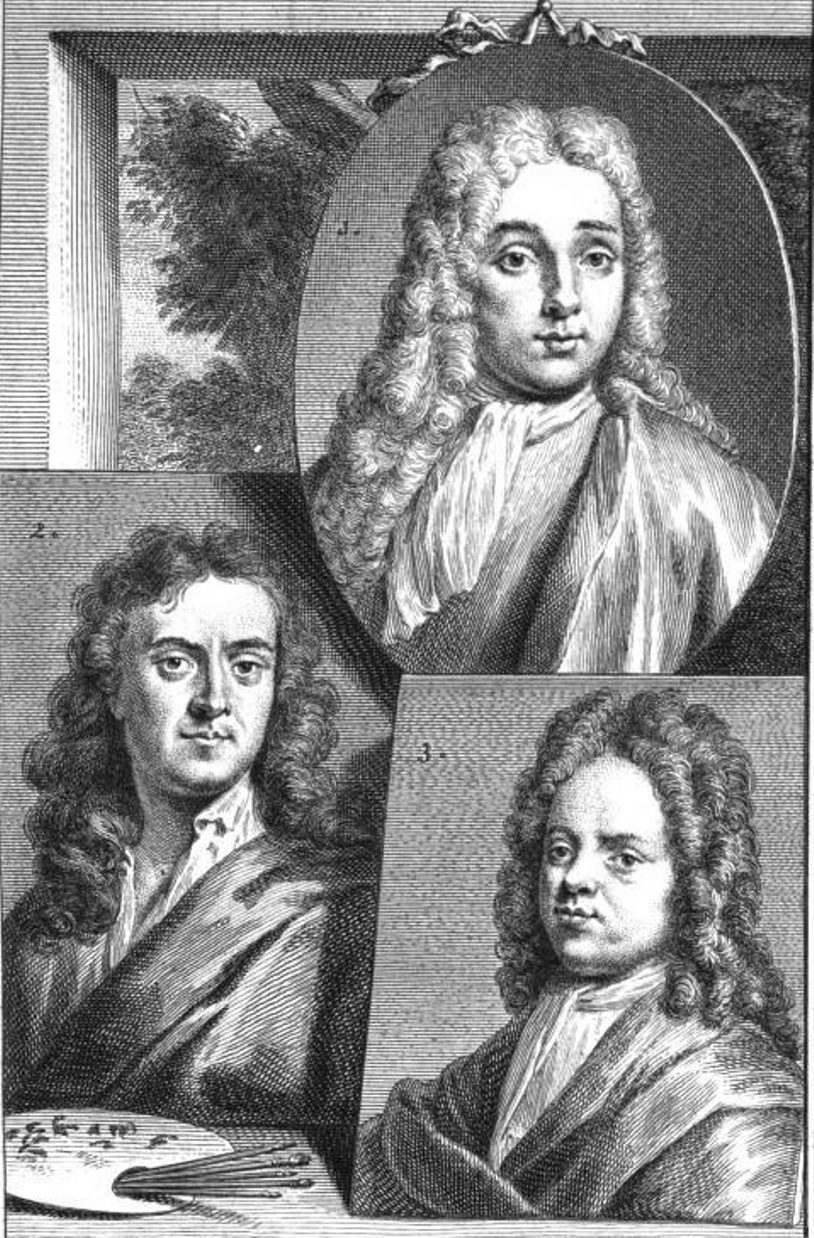
Jan Weenix was a Dutch painter of the Golden Age and a member of the Guild of St. Luke in Utrecht.
He received his first painting lessons from his father Jan Baptist Weenix and later perfected his art. Jan Weenix is known for still lifes with game, hunting scenes, he painted landscapes and portraits, genre paintings, and created decorative panels. Among the customers of his works was also Tsar Peter I.
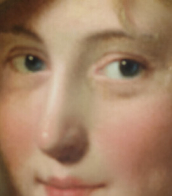
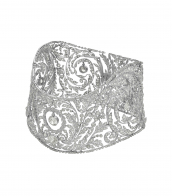
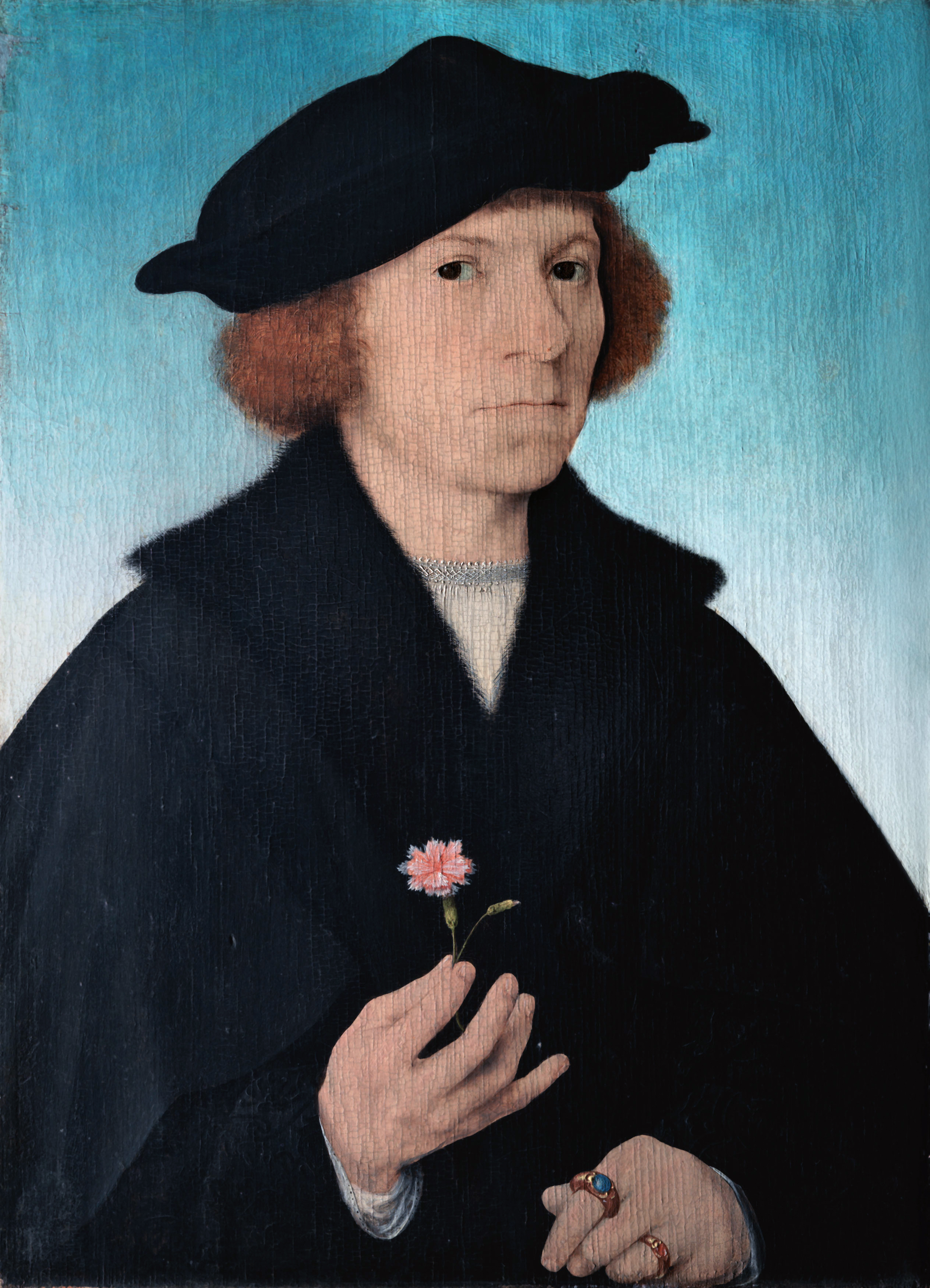
Joos van Cleve, also known by his real name Joos van der Beke, was a prominent Netherlandish painter, active mainly in Antwerp from about 1511 until his death in 1540 or 1541. His work predominantly centered around religious subjects and portraits, including notable commissions for the French King Francis I during his time at the French court. His artistic oeuvre reflects a blend of traditional Netherlandish painting techniques with contemporary Renaissance styles, showcasing his direct knowledge of local art combined with an awareness of Italian developments.
Van Cleve's work was characterized by its elaborate detail, particularly in his altarpieces which often incorporated portraits and landscapes, demonstrating his refined painting style. His success in Antwerp was significant, and he was also recognized at the French court, indicating his high regard as a portrait artist. Notably, Van Cleve had the opportunity to paint members of the royal court, including King Francis I and Queen Eleanor of Austria, underscoring his skills in portraiture.
His paintings are recognized for their sensitivity to color and a unique solidity of figures, with some works showcasing the popular style of Antwerp Mannerism. Van Cleve was an innovator in introducing broad world landscapes in the backgrounds of his paintings, a technique that became popular in sixteenth-century northern Renaissance paintings. Despite his contributions to the Renaissance art movement, Van Cleve also produced works that were highly eclectic, drawing on the styles of earlier Netherlandish masters as well as Italian influences, particularly in his use of sfumato, evident in his Virgin and Child compositions.
For art collectors and experts, Joos van Cleve's legacy offers a rich exploration into the transition from medieval to Renaissance art in Northern Europe. His body of work, found in prestigious collections such as the National Gallery in Prague, the Louvre, and the Royal Museums of Fine Arts of Belgium, remains a testament to his versatility and skill as a painter of both religious narratives and royal portraits.
To delve deeper into the fascinating world of Joos van Cleve and to stay informed about exhibitions or sales featuring his work, consider signing up for updates from art institutions and auction houses. This subscription will ensure you remain at the forefront of developments and opportunities related to this influential artist's oeuvre, enhancing your collection and understanding of Renaissance art.



Edward Lear was an English artist, illustrator, musician, author and poet, who is known mostly for his literary nonsense in poetry and prose and especially his limericks, a form he popularised.

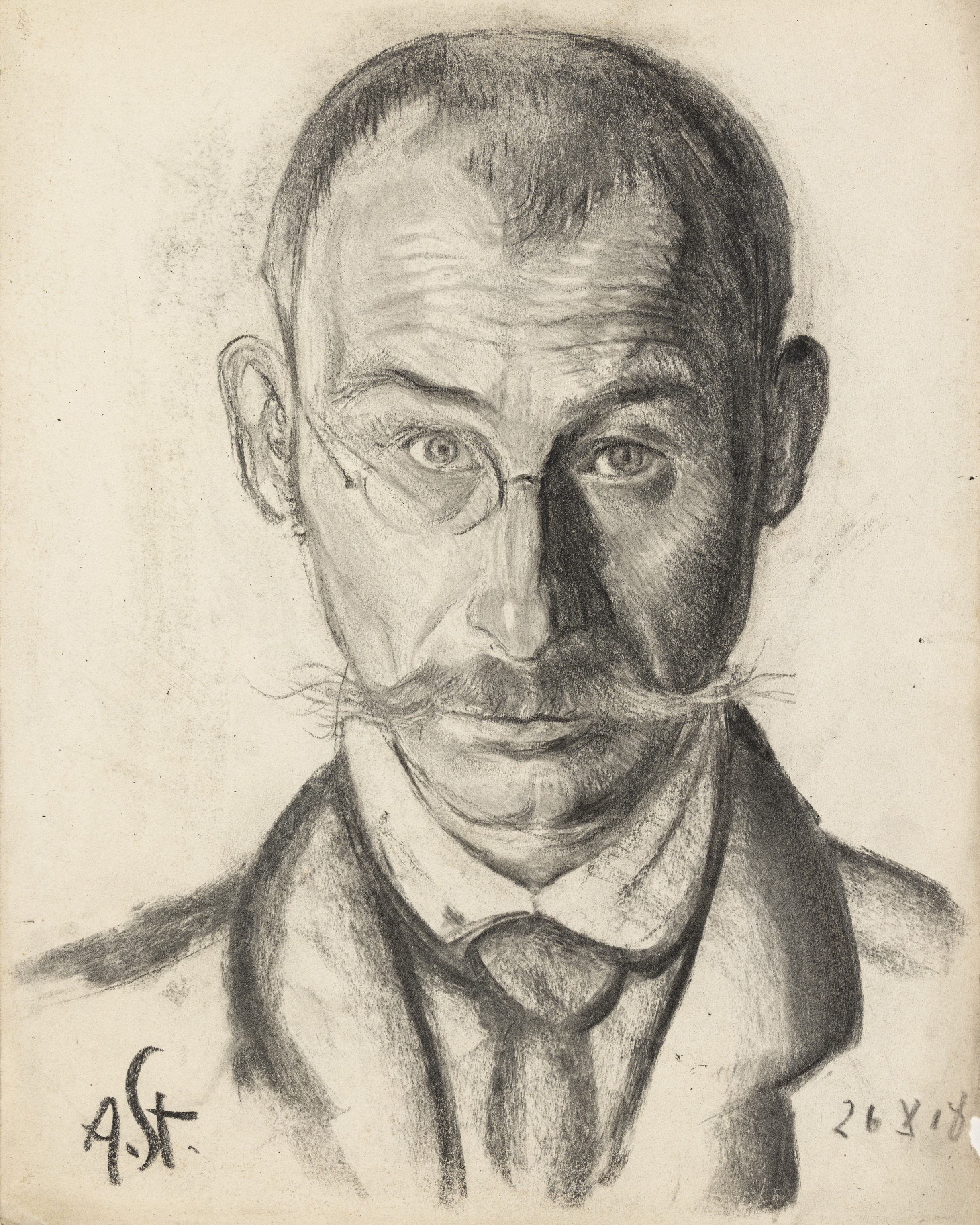
Arthur Storch was a German sculptor and porcelain modeller.
Born and raised in a family of artists, Storch was trained as a modeller at the Volkstädter porcelain factory and then studied at the Bavarian Academy of Fine Arts. Having established himself as a sculptor and medallist, he worked in Munich and Hamburg, and contributed to architectural jewellery in cities such as Wiesbaden and Hamburg. His legacy includes around 100 drawings, 12 medals and 40 sculptures.




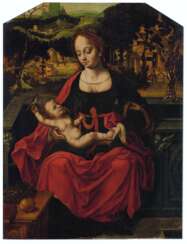

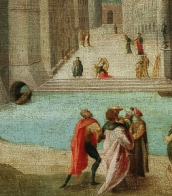
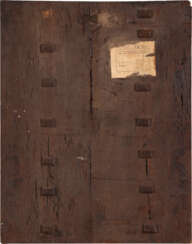

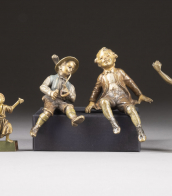
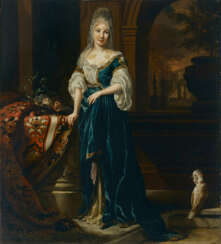



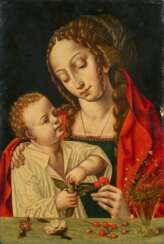

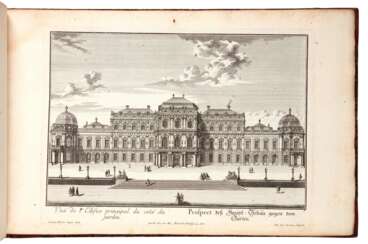

![Salomon Kleiner | Residences memorables de… le Duc de Savoye et de Piemont [bound with] representation des animaux de la menagerie. Augsburg, 1731-1740; 1734](/assets/image/picture_3552980/d733a/u5lkrqnt4jzioxq5c5cmf8dm1mqt8zsqr9l9ma7oo1x3glv5gwsvuwhygb6unag1699090698jpg__fix_374_244.jpeg)
![Salomon Kleiner | Residences memorables de… le Duc de Savoye et de Piemont [bound with] representation des animaux de la menagerie. Augsburg, 1731-1740; 1734](https://veryimportantlot.com/assets/image/picture_3552980/d733a/u5lkrqnt4jzioxq5c5cmf8dm1mqt8zsqr9l9ma7oo1x3glv5gwsvuwhygb6unag1699090698jpg__fix_374_244.jpeg)
